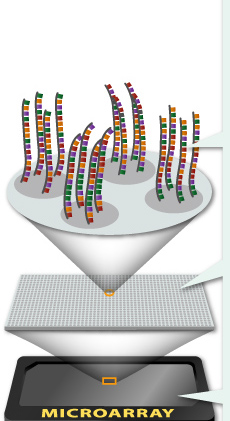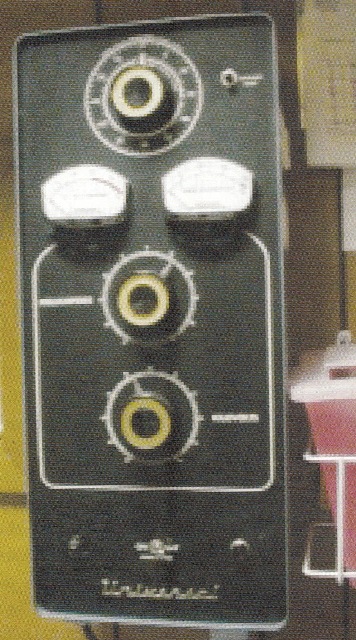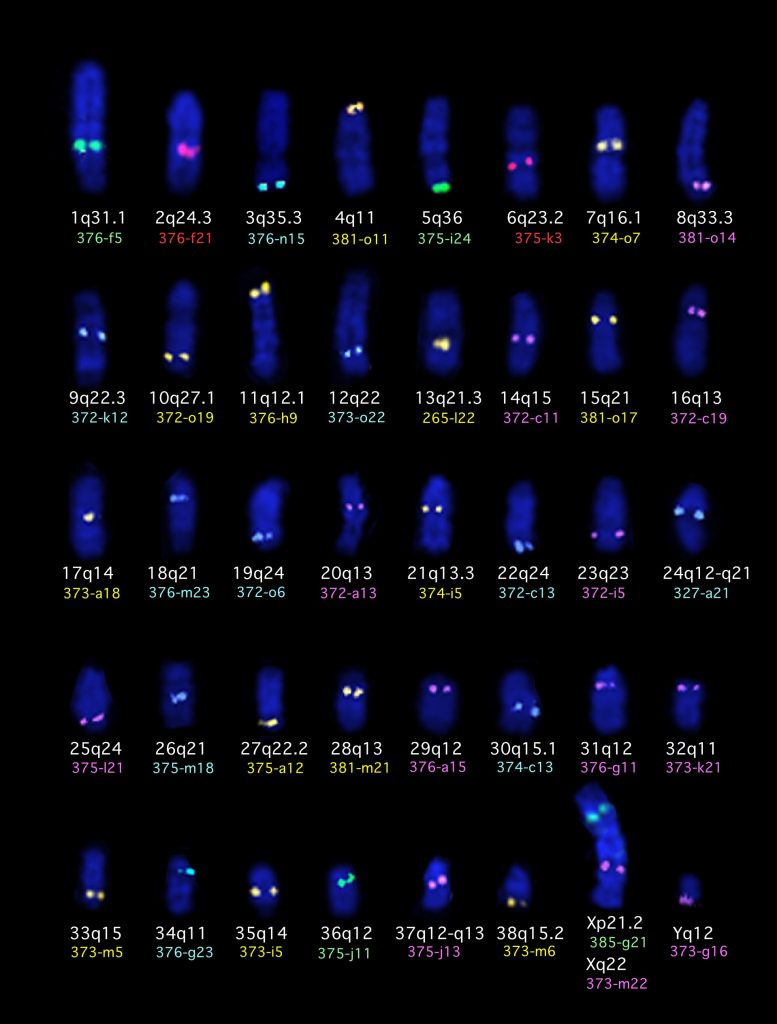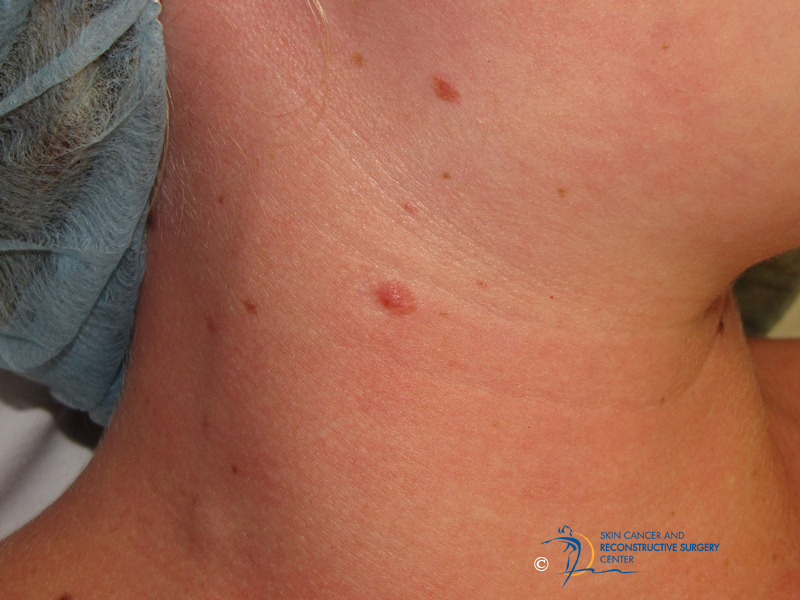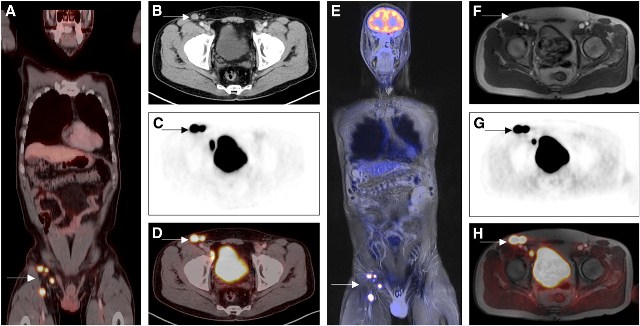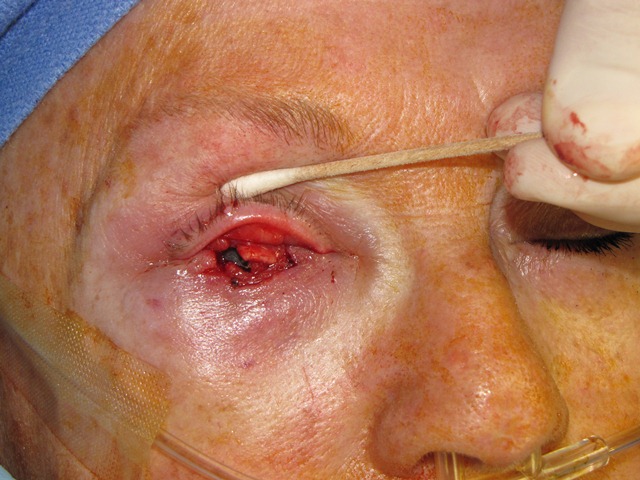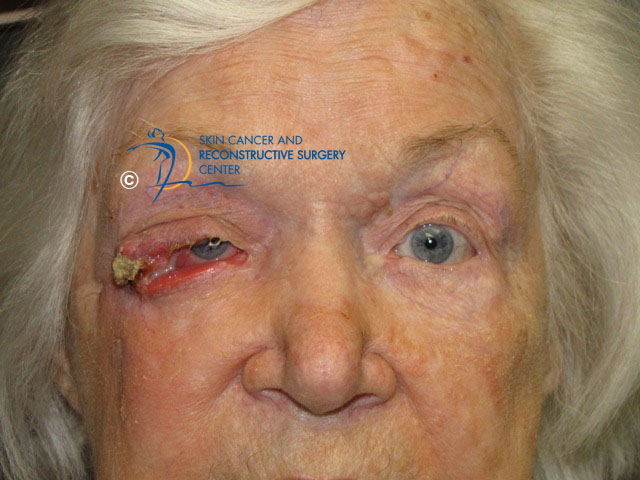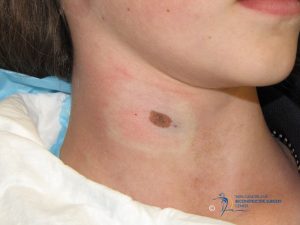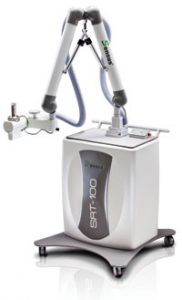Posts by Simon Madorsky, MD
DNA Molecular Testing and Personalized Medicine – Part 2
Another genetic molecular technology that has evolved tremendously is real time polymerase chain reaction (PCR). When accompanied by reverse transcription prior to PCR (RT-PCR), it has also allowed rapid multiple gene analysis useful for cancer staging such as OncotypeDx. This platform analyzes RNA for 21 genes with RT-PCR to stratify breast cancer patients according to…
Read MoreHistory of Radiotherapy in Dermatology
Radiotherapy was born shortly after discovery of radiation by the Marie Curie and Peter Curie in 1889. First report of radiotherapy used for malignancy was published in 1896 in Medical Record by Victor Despeignes who treated a patient with gastric cancer in France. Émil Grubbé, a medical student in Chicago at the time, would later…
Read MoreDNA Molecular Testing and Personalized Medicine – Part 1
Over the last several years technological advancements in the molecular underpinnings of cancer have led to a revolution of cancer management by DNA molecular testing. By utilizing cancer genetics to guide the specific and customized treatment for each patient, the concept of personalized medicine has emerged. Melanoma has been one of the cancers extensively studied…
Read MoreSTUMP and MelTUMP
Ambiguous melanocytic lesions – those with histopathologic findings without a diagnostic consensus – are divided into thin and thick tumors. Thin lesions appear as dysplastic nevi and have a potential of being part of melanoma in situ or superficial spreading melanoma. We have explored diagnostic and therapeutic considerations of the thin lesions in a previous…
Read MorePET Imaging – Realizing a Star Trek Tricorder
PET scanning is utilized in skin cancer staging by detecting regional lymph node metastases as well as distant organ metastases. Its specificity is superior to CT and MR for N-staging, particularly with melanoma. It can be the superior modality for primary tumor staging as well. PET scan imaging is based on the increased metabolic activity…
Read MoreLower Eyelid Reconstruction – Tarsoconjunctival Flap
Mohs excision of right lower eyelid basal cell carcinoma left a full thickness lid defect. The reconstruction utilized superiorly based tarsoconjunctival transposition flap, local eyelid skin rotation flap, and right postauricular full-thickness skin graft. This procedure closes the eye for the 2 weeks until the release of the flap is performed. This procedure is necessary…
Read MoreKeratoacanthoma Right Lateral Canthus
In our case report, an 86 y.o. woman underwent excision of a right lateral canthus keratoacanthoma with Mohs surgery. The lesion recurred 2 months later spreading into the orbit and deep along the surface of the maxilla. She required a partial maxillectomy and orbital exenteration with post-operative radiation therapy. Forehead fasciocutaneous flap was used for…
Read MoreRadiation Carcinogenesis
As acceptance of radiation therapy for skin cancer grows, questions arise as to the long-term risks therapeutic radiation poses. This is an area extensively measured and studied by radiation physicists and medical dosimetrists. However, from practical point of view, most of empirical data comes form epidemiological population studies. The most dramatic of these being atomic…
Read MoreAtypical Nevus – Chasing Excision Margins
A 12 year old with a 10 x 7 mm pigmented nevus present since infancy undergoes excisional biopsy of the nevus for cosmetic and diagnostic purposes. Pathology evaluation finds this to be a compound nevus with moderate atypia and partial margin involvement. Pathologist recommends re-excision with 2 mm margins. Do we chase the margins as…
Read MoreSuperficial Radiotherapy – An Alternative Treatment of Superficial Carcinomas
First successful treatment of skin cancer with fractionated radiation therapy was reported by Steinbeck and Sjogren in Sweden in 1899. Since then, superficial radiation and low energy Grenz X-rays have been utilized in office settings by radiation oncologists and dermatologists for the same purposes. In the United States, the practice continued through the 1970’s and…
Read More
